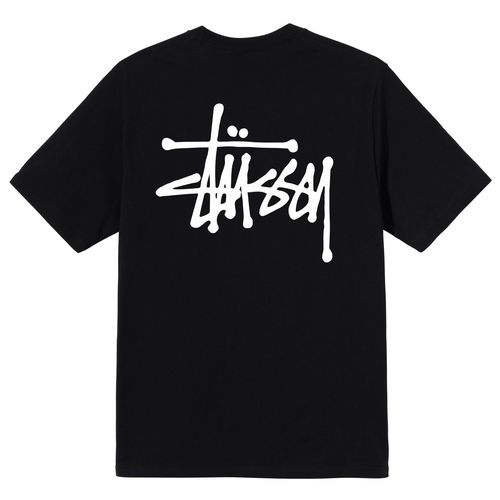Clothes design schools refer to the design concepts and style expressions of different styles and style characteristics. The following are the main design schools:
1. Classicism: Classical design style is inspired by the art of ancient Greece and Rome, focusing on symmetry, proportion and Elegant lines. Common elements in the design include columnar architecture, sculptures, and patterns. This style is often used in formal and banquet settings.
2. Renaissance: Renaissance design style originated in Italy in the 15th century. Through the reinterpretation of classicism, it pursued the perfection of human body proportions and three-dimensionality. In clothing design, the Renaissance style pays attention to detail and decoration, characterized by rich embroidery, ornate fabrics and symmetrical tailoring.
3. Baroque: Baroque design style emerged in the 17th century, pursuing luxurious and complex decorative effects. Baroque style clothing design usually uses a large number of pleats, pleats, bows and gem decorations, paying attention to details and color contrast.
4. Neoclassicism: The neoclassical design style was popular from the late 18th to the early 19th century, emphasizing simplicity, symmetry and elegance. This style of clothing design is characterized by noble fabrics, refined tailoring, and pastel colors.
5. Eclecticism: The eclectic design style combines different elements and styles to form a unique style. Eclectic clothing design often combines classical, modern, Eastern and Western elements, showing diversity and innovation.
6. Modernism: The modernist design style originated in the early 20th century and emphasized functionality and simplicity. Modernist clothing design pursues simple lines, geometric shapes and practicality, and pays attention to the choice of materials and sense of technology.
7. Postmodernism: Postmodern design style is a subversion and rebellion against traditional concepts, with non-traditional aesthetic and formal expression. Postmodern clothing design often uses exaggerated shapes, combinations of different materials and bright colors to emphasize individuality and uniqueness.
In addition to the above major design schools, there are also many secondary schools and personal creative styles. Each designer and brand has its own design philosophy and unique style expression, and the boundaries of these genres are often blurred, influencing and intertwining with each other. For fashion designers, understanding the characteristics and history of various design schools can enrich design ideas and style choices, and enhance the artistry and professionalism of design.







